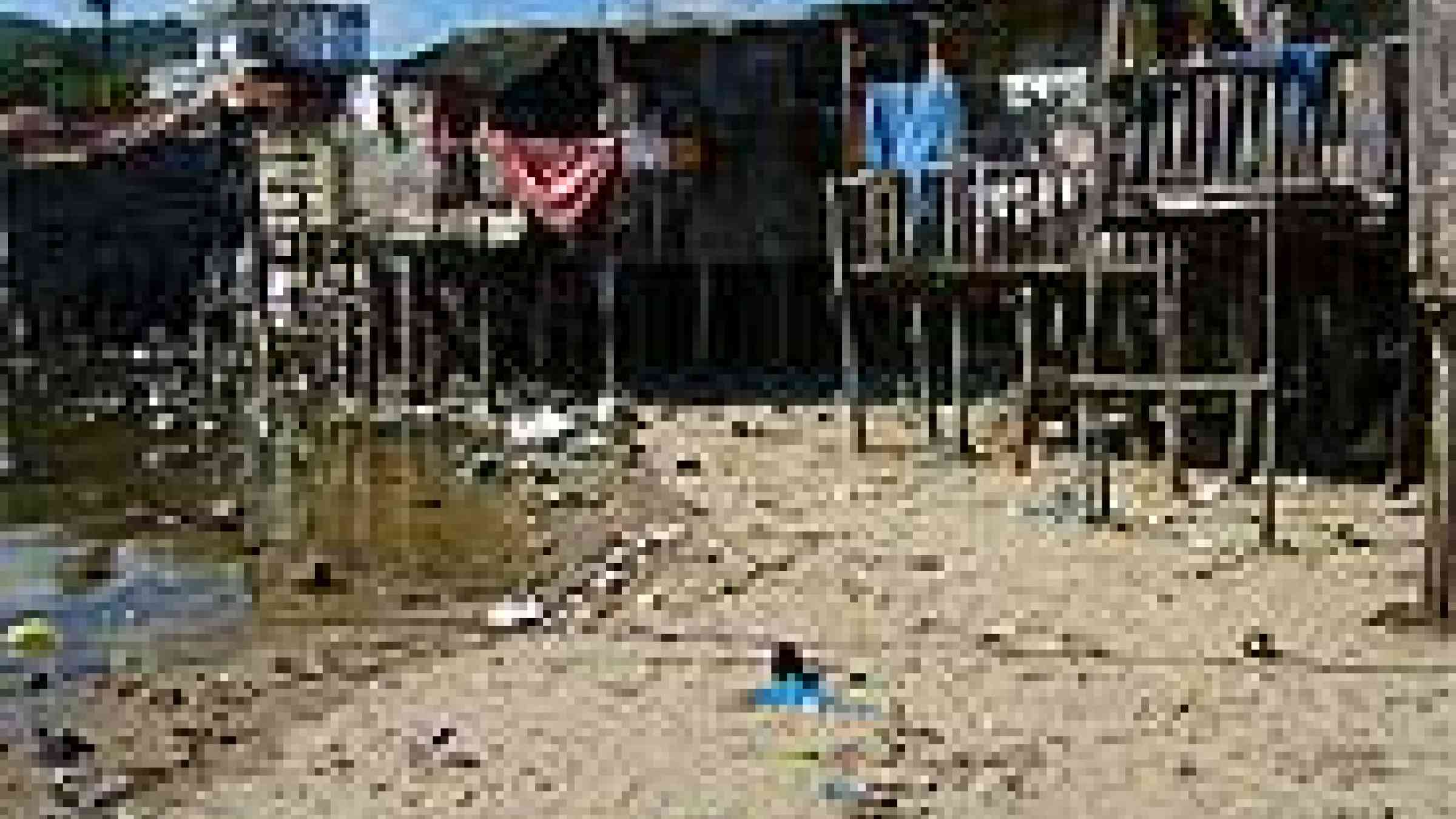Vietnam: Ha Noi makes preparations for flood-borne epidemics

More than 179 dengue-fever cases have been treated in the capital in the last six days following the recent torrential rains that flooded many parts of the city while doctors have warned of the danger of an epidemic of water-borne diseases breaking out.
Nguyen Tran Hien, Director of the National Institute of Hygiene and Epidemiology, said much of the flood water was dirty and dangerous because it was often flushed with excrement from household latrines and waste water from workshops.
According to Ha Noi’s municipal Preventive Medicine Centre, the new cases of dengue fever have been uncovered in low lying areas, including Hoang Mai, Hai Ba Trung, Dong Da and Thanh Xuan districts.
However, there were no deaths, no major outbreaks and all incidents were quickly isolated.
Hien said further dengue-fever outbreaks, stomach problems, rashes, itching and sore-eyes could occur if local authorities and residents living near submerged areas took no protective measures.
"It’s best to eat cooked food and drink boiled water. Use tap and well water where possible and clean it with Cloramine B or alum," he said.
The health centre in Hoang Mai District, which experienced serious flooding, has announced the introduction of two new mobile teams to transport victims for treatment and to collect rubbish. It also delivered a total of 200kg of Cloramine B to local households.
Saint Paul Hospital and the National Burns Hospital have treated eight patients either burnt by petrol or stunned by electrical leakages.
At a meeting yesterday to organise urgent disease-prevention measures, the Minister of Health, Nguyen Quoc Trieu, asked the city’s authorities to isolate areas where disease broke out.
He said the Health Department would co-ordinate with relevant offices and local authorities to arrange supply of safe water and sanitation where needed.
Department director Le Anh Tuan said emergency treatment and disease-prevention measures had been set up. Total cost of medicine for the campaign was VND2.8 billion (US$166,000).